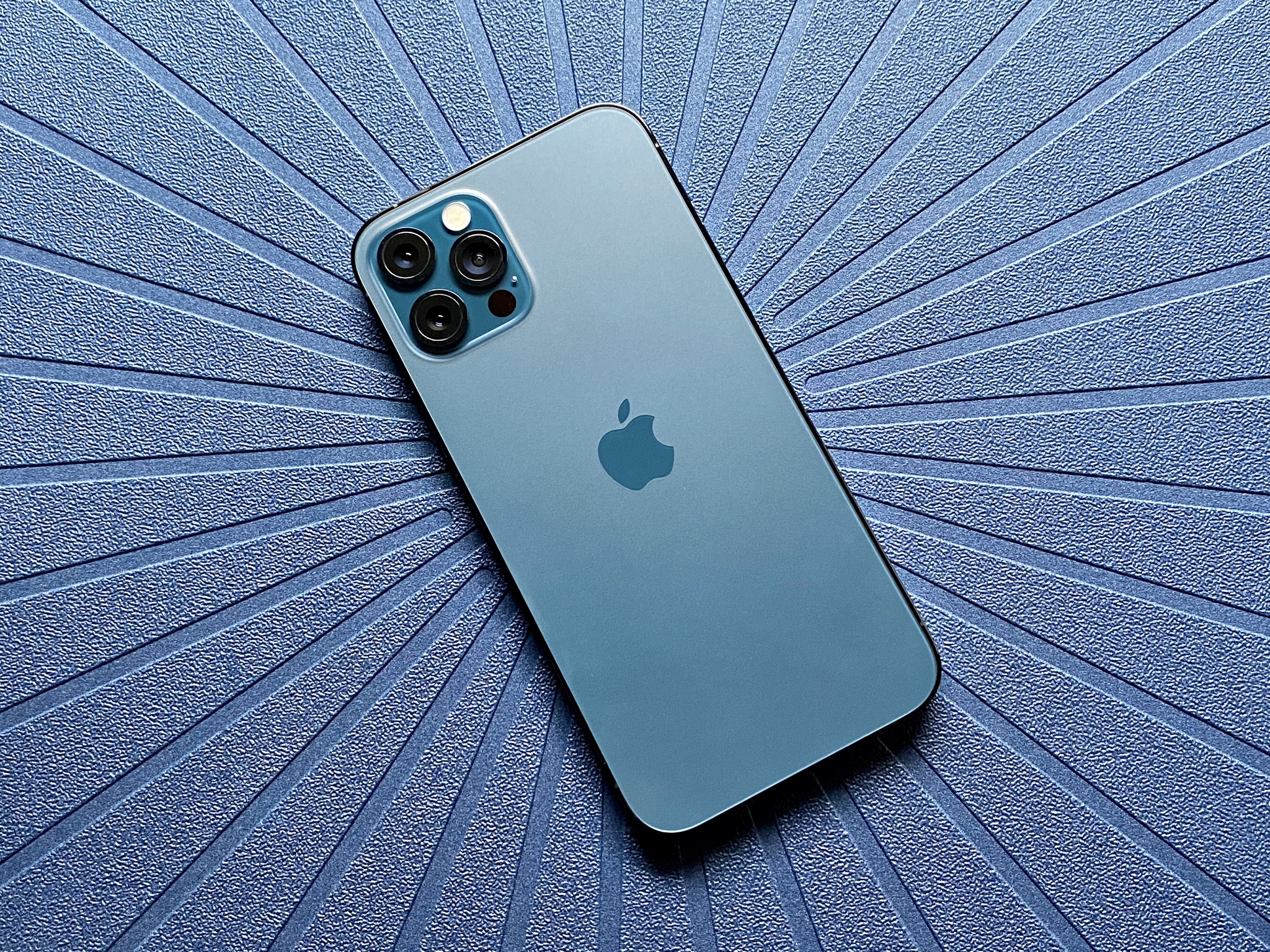What is Dolby Vision and why does it matter on iPhone 12?

One of the iPhone 12 's more exciting features is its ability to record video in 10-bit Dolby Vision HDR (high dynamic range). This gives videos recorded on the new iPhones a broader palette of colors to work with and greater ranges of light and dark. The iPhone 12 lineup is the first set of phones the supports recording directly in Dolby Vision.
But just what is Dolby Vision, and why is it so vital that you can record it directly on your iPhone 12? Well, here's what it's all about.
What is Dolby Vision?
Dolby Vision is one of the primary formats for high dynamic range (HDR) content available right now. HDR offers better color reproduction and greater lighting ranges than standard dynamic range (SDR), making for more visually diverse and colorful content. Dolby Vision itself is a proprietary standard developed by Dolby that, while not quite as popular as HDR10, is starting to gain significant traction among TV makers.
One of the main selling points of Dolby Vision versus most other HDR formats is that it uses dynamic metadata. While it's built on the same HDR core as HDR10, where HDR10 is a static format, offering global settings for an entire movie, TV show, or other video, Dolby Vision provides scene-by-scene instructions for Dolby Vision-capable displays. This means that they can adjust themselves for each individual scene, portraying the content as accurately as possible.
Dolby Vision vs. HDR10
When it comes to HDR, there are two primary formats, HDR10 and Dolby Vision (there are also HDR10+, which is gaining some popularity, and Hyper Log Gamma, or HLG). HDR10 is sort of the base standard for HDR. It's a better, richer experience than SDR, but it doesn't offer the same range of colors of Dolby Vision, nor the same degree of brightness.
There are specific significant technical differences between the two formats, but the biggest one is about metadata. As I previously stated, HDR10 is a static format, while Dolby Vision is a dynamic one. This is where Dolby Vision holds its real advantage. With static metadata, the range of brightness (key for HDR content) is set once for an entire piece of content. This is set by finding the peak brightness of the brightest scene in the piece.
On the other hand, Dolby Vision is dynamic, so, as I also previously noted, has scene-by-scene metadata. With this data, displays that work with Dolby Vision content can adjust their settings automatically per scene or even per-frame. This helps every scene or frame be the most accurate representation of the creator's vision that it can be.
Master your iPhone in minutes
iMore offers spot-on advice and guidance from our team of experts, with decades of Apple device experience to lean on. Learn more with iMore!
There are other technical details to be aware of, as well. For instance, HDR10 and HDR10+ are both limited to 10-bit color depth, while Dolby Vision can support up to 12-bit, though on iPhone 12, HDR capture is limited to 10-bit. More on that in a little while. What this means, on a practical level, is that Dolby Vision supports a much broader set of colors than HDR10 and HDR10+ (68.7 billion vs. 1.07 billion). Dolby Vision also supports a much greater peak brightness.
So, why use HDR10 at all over Dolby Vision? Well, the truth is that most production houses do both because they're relatively easy to master simultaneously, since they're built on the same HDR core. But one big reason to stick with HDR10 is this: it's open source. Even HDR10+, while an enhancement and not open source, is a royalty-free format. Meanwhile, content producers have to pay Dolby to license Dolby Vision, but for many, the results are good enough to be worth the price.
Dolby Vision on the iPhone 12
So as I alluded to previously, the iPhone 12 only shoots in 10-bit HDR when shooting in Dolby Vision versus the format's support for 12-bit color depth. So, why is this Dolby Vision? Why not just shoot in HDR10 or even HDR10+? Why shoot directly in HDR at all?
Well, first, the reason to do it is that it's really cool! It also takes a massive part of the workflow, formatting something in Dolby Vision, and brings it right into the capture process. You'll still have to do things like color grading if you want your video to fit your perfect vision, but a large part of that work is now done as you capture.
And importantly, you can also edit this content right on your iPhone. Photos, iMovie, and Apple's Clips app all support editing Dolby Vision content shot on iPhone. iMovie even makes it relatively easy to export HDR video to SDR, in case you need to share it on a platform where HDR support isn't robust just yet. Meanwhile, the Photos app has several filters that you can put on your Dolby Vision content to get just the look you want, and you can AirPlay Dolby Vision video right to a compatible display or Apple TV.
Now, why Dolby Vision? It comes down to two things: dynamic metadata and popularity. The iPhone 12 only captures 700 million colors. That might sound like a lot, but remember that at 12-bit color depth, Dolby Vision is capable of 68.7 billion colors. At 700 million, iPhone 12 is more in the range of HDR10 and HDR10+. This is where Dolby Vision's dynamic metadata comes into play and why it's genuinely a superior format to HDR10. Because that scene-to-scene data offers a more robust and more accurate experience than HDR10, it's more capable of showing a truly accurate representation of what you captured. And now, your iPhone can capture that dynamic metadata and process it in real-time right on the phone.
As for popularity, while HDR10+ might be a dynamic format, too, it doesn't have nearly the adoption of Dolby Vision.
Also, 12-bit color depth isn't such a big deal just yet. While it's excellent that Dolby Vision supports it, that seems to be more a bit of future-proofing than anything else. Most Dolby Vision displays can't yet display 12-bit content, but hopefully soon, they will.
Recording directly in Dolby Vision is a truly impressive feature that's sure to be improved upon in successive iPhones. By the way, if you're still trying to decide which iPhone to get between the new iPhone 12 series, know that the iPhone 12 and iPhone 12 mini can record in HDR at 4K at 30 frames per second, while the iPhone 12 Pro and iPhone 12 Pro Max can record in HDR at 4K at 60 frames per second. So if higher frame rate video is important to you, go Pro.
Questions?
So, that's HDR video recording on your iPhone, and why it's so important. If you have any further questions, be sure to let us know in the comments.
Joseph Keller is the former Editor in Chief of iMore. An Apple user for almost 20 years, he spends his time learning the ins and outs of iOS and macOS, always finding ways of getting the most out of his iPhone, iPad, Apple Watch, and Mac.


